Assessing extinction risk is a critical step in understanding the threats to global biodiversity. The natural world is facing an unprecedented crisis, with species disappearing at a rate not seen since the dinosaurs went extinct. Human activities such as habitat destruction, pollution, climate change, and overexploitation of resources are driving this decline, pushing many species to the brink of extinction.
The importance of assessing extinction risk cannot be overstated. It allows conservationists and policymakers to identify the most vulnerable species and ecosystems, and to develop targeted strategies to protect them. By understanding the threats to biodiversity, we can take action to mitigate them and prevent further extinctions. In this article, we will delve into the world of extinction risk assessment, exploring the methods used to evaluate the threat of extinction, the main drivers of extinction risk, and the ways in which we can work to reduce it.
Understanding Extinction Risk Assessment
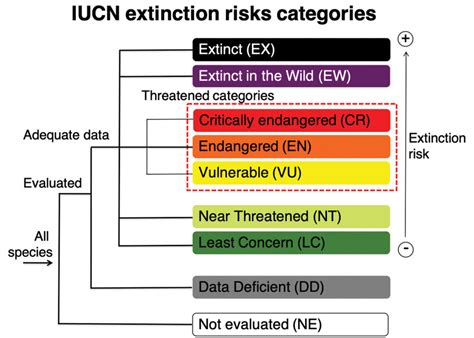
Extinction risk assessment is a scientific process used to evaluate the likelihood of a species or ecosystem becoming extinct. The most widely used method is the International Union for Conservation of Nature (IUCN) Red List, which categorizes species based on their risk of extinction. The IUCN Red List uses a set of criteria, including population size, range, and decline, to assign species to one of several categories, including Least Concern, Near Threatened, Vulnerable, Endangered, Critically Endangered, and Extinct.
Other methods of extinction risk assessment include population viability analysis (PVA), which uses demographic models to predict the likelihood of a population becoming extinct, and species distribution modeling (SDM), which uses environmental data to predict the distribution of a species and its potential range.
Drivers of Extinction Risk
Several factors contribute to the extinction risk of a species or ecosystem. Some of the main drivers include:
- Habitat destruction and fragmentation: Human activities such as deforestation, urbanization, and infrastructure development have led to the destruction and fragmentation of habitats, making it difficult for species to survive and interact.
- Climate change: Rising temperatures, changing precipitation patterns, and increased frequency of extreme weather events are altering ecosystems and making it difficult for species to adapt.
- Overexploitation of resources: Overhunting, overfishing, and the unsustainable harvesting of resources have led to population declines and even extinctions.
- Pollution: The release of pollutants such as pesticides, herbicides, and industrial waste has harmed species and ecosystems, leading to population declines and extinctions.
The Impact of Human Activities on Extinction Risk
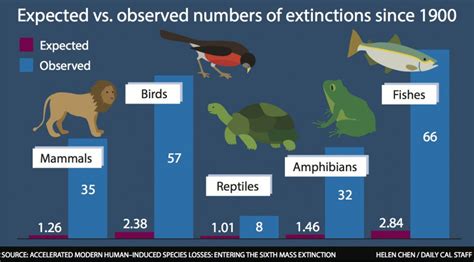
Human activities are the primary driver of extinction risk. The expansion of agriculture, urbanization, and infrastructure development have led to the destruction and fragmentation of habitats, making it difficult for species to survive and interact. Climate change, caused by human activities such as burning fossil fuels and deforestation, is also altering ecosystems and making it difficult for species to adapt.
In addition, human activities such as overhunting, overfishing, and the unsustainable harvesting of resources have led to population declines and even extinctions. Pollution, caused by the release of pollutants such as pesticides, herbicides, and industrial waste, has also harmed species and ecosystems, leading to population declines and extinctions.
Case Studies: Species and Ecosystems at Risk
Several species and ecosystems are at risk of extinction due to human activities. Some examples include:
- The Sumatran rhino, which is critically endangered due to habitat loss and poaching.
- The coral reefs of the Great Barrier Reef, which are threatened by climate change and pollution.
- The Amazon rainforest, which is being destroyed and fragmented due to deforestation and agriculture.
Reducing Extinction Risk: Conservation Strategies
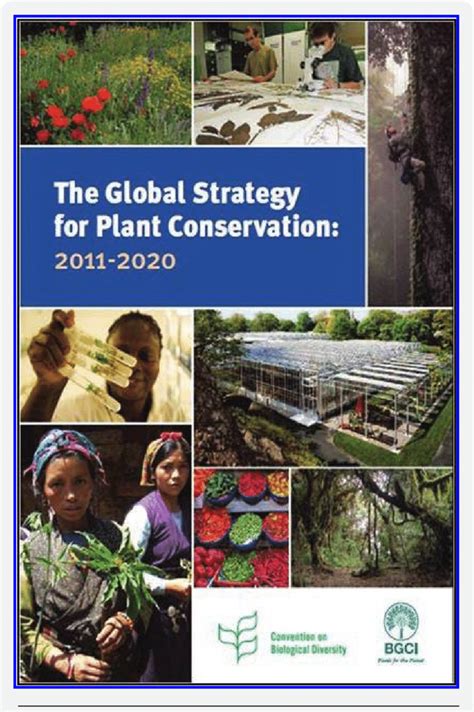
Several conservation strategies can help reduce extinction risk. Some examples include:
- Habitat protection and restoration: Protecting and restoring habitats can help to maintain population sizes and reduce extinction risk.
- Species reintroduction: Reintroducing species into the wild can help to reestablish populations and reduce extinction risk.
- Climate change mitigation: Reducing greenhouse gas emissions can help to mitigate the impacts of climate change on species and ecosystems.
- Sustainable resource management: Implementing sustainable resource management practices can help to reduce the impacts of overexploitation and pollution.
International Cooperation and Policy
International cooperation and policy play a critical role in reducing extinction risk. Some examples include:
- The Convention on Biological Diversity (CBD), which aims to conserve and sustainably use biodiversity.
- The Paris Agreement, which aims to mitigate the impacts of climate change.
- The IUCN Red List, which provides a framework for assessing extinction risk and guiding conservation efforts.
Engaging Communities and Individuals in Conservation Efforts
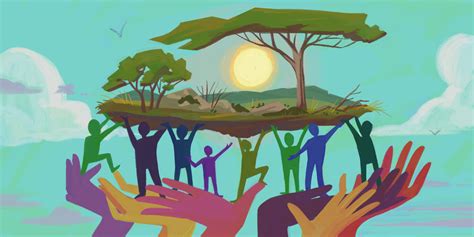
Engaging communities and individuals in conservation efforts is critical for reducing extinction risk. Some ways to engage include:
- Education and awareness-raising: Educating people about the importance of conservation and the impacts of human activities on extinction risk can help to raise awareness and promote action.
- Community-based conservation: Working with local communities to develop and implement conservation strategies can help to ensure that conservation efforts are effective and sustainable.
- Volunteering: Volunteering for conservation organizations or participating in citizen science projects can help to support conservation efforts and promote action.
Call to Action
Reducing extinction risk requires a collective effort. We must work together to address the drivers of extinction risk and to develop and implement effective conservation strategies. By engaging in conservation efforts and promoting sustainable practices, we can help to reduce extinction risk and protect the natural world for future generations.
Extinction Risk Image Gallery
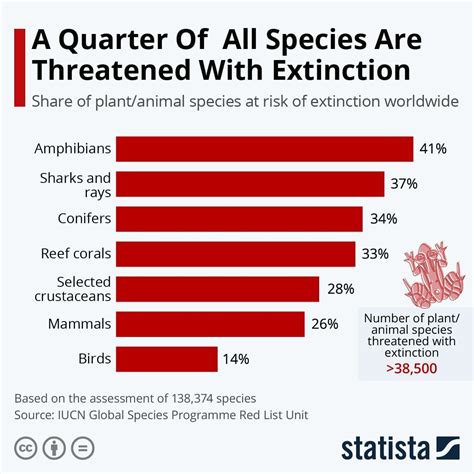
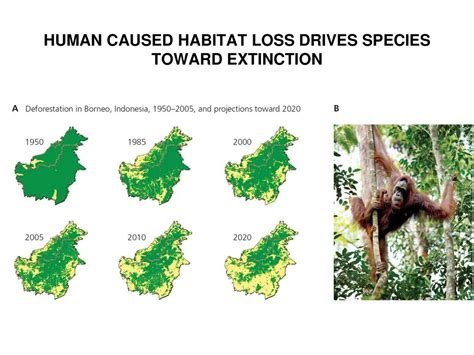
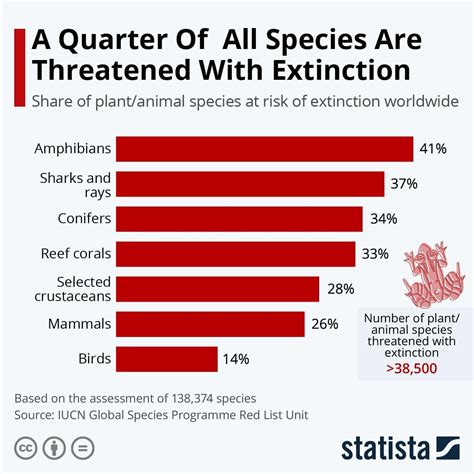
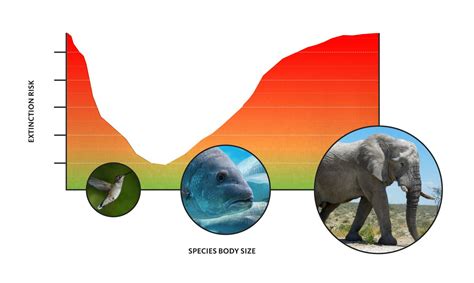

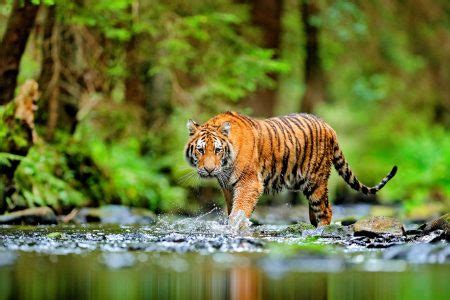
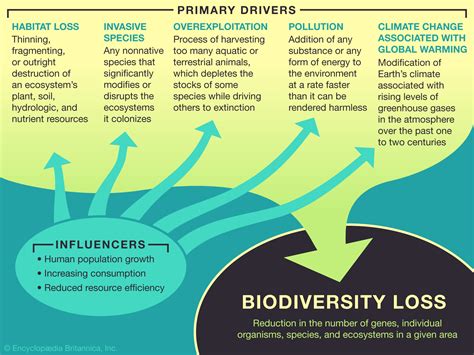
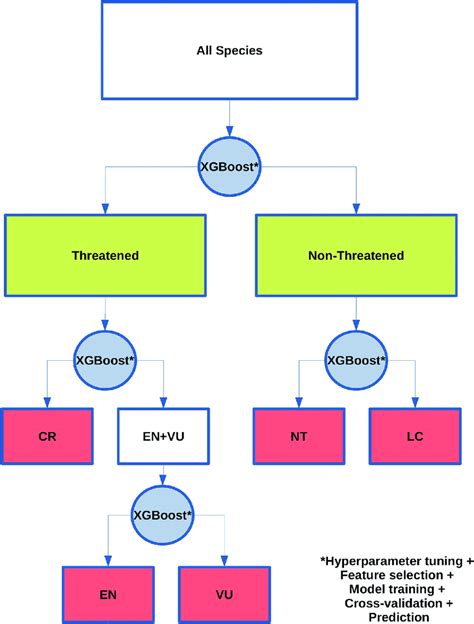
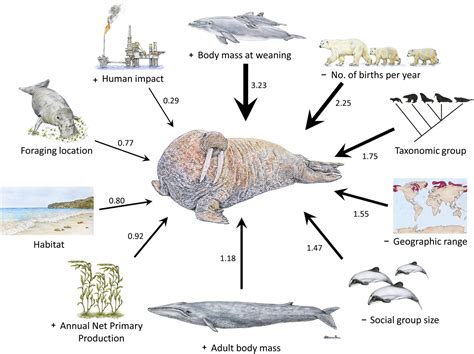
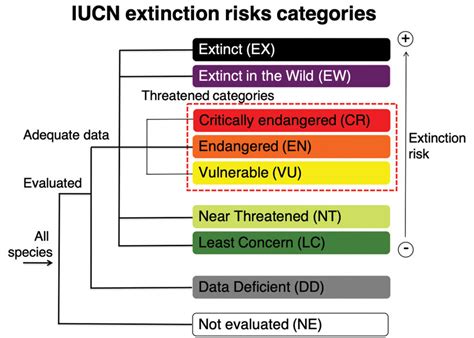
We hope this article has provided you with a comprehensive understanding of extinction risk and the ways in which we can work to reduce it. By engaging in conservation efforts and promoting sustainable practices, we can help to protect the natural world for future generations. Share your thoughts and ideas on how to reduce extinction risk in the comments below.
